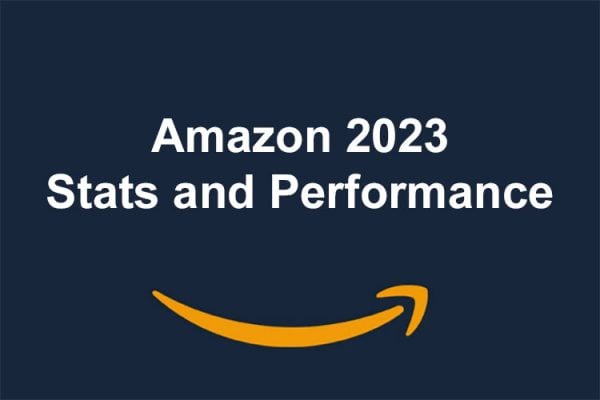It’s often said that on Amazon all you have to do to sell is list your products or match them to an existing ASIN and they’ll sell. However that’s not the whole story and there’s a lot you can do from the product title, to additional search terms and pricing that can make a big difference.
Amazon Strategies have just published the first of a two part series “How to Capture Attention on Amazon” and if you sell on the platform it’s well worth a read. Whilst the information might seem pretty basic and obvious it existing Amazon sellers, it’s essential reading for those just starting out on Amazon and even for Amazon expert it’s a great back to basics reminder of best practices.
From what I hear and from personal experience as a buyer using Amazon FBA will make a massive difference to your sales. I foolishly made a purchase from a third party Amazon seller on the 2nd of June and a week later on the 9th I’m still waiting for it to arrive. Even with Amazon’s slowest Super Saver delivery option it would have been delivered last week. Amazon don’t want their customers waiting this long to receive their items and with FBA they won’t have to.
How are your Amazon sales? Are there any tips in the Amazon Strategies article that you’ve found key to increasing sales or do you have other tips to share?











8 Responses
That’s rather a catch all comment Chris, I and I am sure most Amazon marketplace sellers send the order within 48 hours, usually within 24 hours actually unless there is a problem and I have to wait for a reply from the customer.
Admittedly I mainly us 2nd class postage but it should still be there well within the week.
Amazon themselves seem slow now to me whenever I use the super saver delivery for items direct from them it seems to take them 3 or 4 days to dispatch it not within the 2 days we marketplace sellers have to do it in.
“Practices” Chris :p
I have been using FBA for two years now and have experienced the following:-
1. An increase in sales and profit.
2. Better time management. No need to spend hours every day packing.
3.Few emails from customers, because Amazon deal with them.
4.Better Feedback.
And also……
5.A whole new set of problems and grief which go beyond fulfilling your own orders.
If anybody thinks they have encountered difficulties listing on Amazon, trust me you haven’t seen anything yet. I have neither the time or desire to list many of the problems I have encountered, but be very aware it isn’t the bed of roses that perhaps some might like to present.
I cannot argue against the claim that you will see an increase in sales and profit. I have.
But having listed solely on FBA for two years I am now slowly reverting to fulfilling some of my own products.
My advice is if you go the FBA route, take it step by step and go cautiously.
I keep reading the praises of Auto pricing software on Amazon, but let me put this into context. In August 2014 I am going to get hit with a massive long term storage fee and in order to reduce that fee I am selling some of my stock at rock bottom prices. I will be lucky to break even on some lines, but if you are using Auto pricing software and matching me price for price you may well see an increase in turnover, but your profit will be less. Once August 2014 has been and gone I will be re pricing many of these items to a realistic price.
I am currently reviewing over 1000 individual products to check the listing are correct because many variations have simply disappeared and the products not visible, although I am still paying storage fees.
I send at least 1 email to Amazon every day and its getting to be painful explaining time and again that the fault is down to them.
Bottom line – I will stick with FBA, but will significantly reduce the products sold by FBA and will fulfil these myself.
We use FBA and as Glenn says, it’s increased our sales and profit on Amazon nicely.
Definitely start small. You can download an “inventory health” report which tells you how fast your stock is selling and how long your inventory for each item will last. It’s a good idea to send no more than 3 months worth because as Glenn says, if an item is stored for more than a year you could get hit with high storage fees (there is also an option where you can get this stock automatically sent back to you before you’re charged these fees).
As for problems, yes you do have to talk/write to Amazon support a fair amount, but more often than not we end up getting our money back for items that were lost/damaged or where Amazon were at fault (which is more often than you would think).